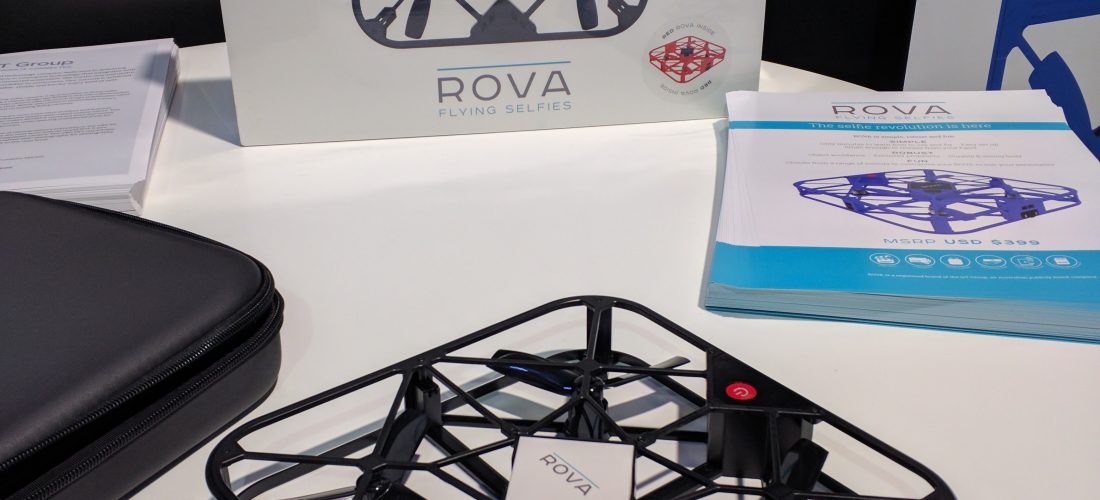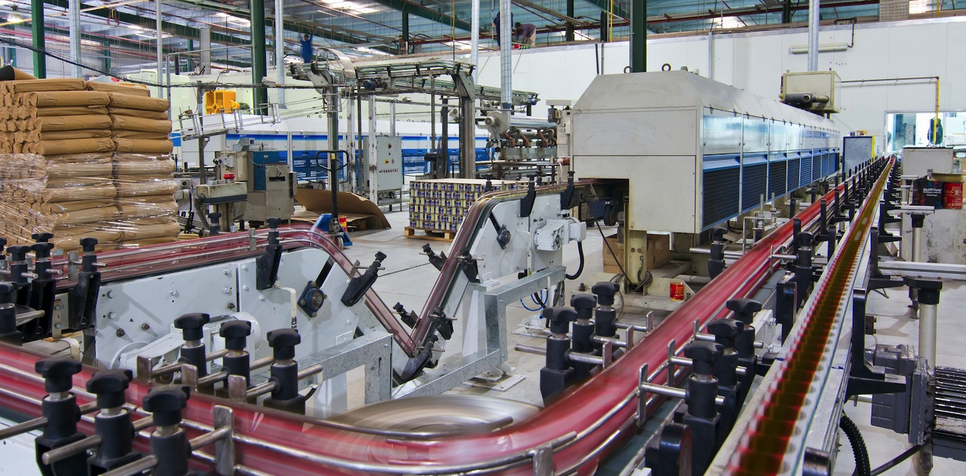Ask not what 3D printing can do for packaging, but instead what packaging can do for 3D printing!
Sorry to rip off that famous John F. Kennedy line, but just it seemed so apropos.
Recently Packaging Digest ran a survey among its readers to get a feel for the use of 3D printing in the packaging industry. While the survey is now closed and the final results haven’t been shared, they did run an article midway through and shared some of the early findings.
The big takeaways? One third of respondents are using 3D printing now and two thirds plan to use the technology within the next year or two. Also, nearly half (45%) of the respondents are 3D printing in-house. Why are they using 3D printing you ask? From another recent Packaging Digest article:
“We use 3D printing to make packaging prototypes, molds to thermoform parts and prototyping of packaging machine parts,” said one packaging engineer for a consumer packaged goods company involved in food packaging.”
Another in packaging development management for a global healthcare products company said, “We use our 3D printers extensively to produce functional prototypes. It’s a great new capability that we have recently added in R&D—and we have found it to be very beneficial.”
That’s all well and good, but what happens when the things that consumer products companies make are themselves 3D printed?
Now wait a minute, you’re thinking. How can he possibly make that leap?
Let’s start with the big picture. According to Smithers Pira, the global packaging industry could reach $975 billion by 2018.
Now, for a moment, assume McKinsey Global Institute is correct in their forecast that somewhere between 5-10% of consumer products and 30-50% of complex, low volume parts could be 3D printed by 2025.
Theoretically at least, some portion of those products and parts will be printed at home, by consumers. They won’t require any packaging at all. I know it’s cliche, but if just 1% of those parts and products are 3D printed by consumers it could put a nearly $10 billion dent in the packaging business.
But, it’s been my contention for a long time now that the vast majority of 3D printed things will be produced by someone else…for pay. Sometimes by manufacturers who switch from analog to digital, sometimes by service bureaus, sometimes by logistics companies and sometimes by retailers.
If I’m right and that happens, 3D printing will have an even more profound impact on the packaging business. Why? Because products will be produced ‘just-in-time’ and run lengths will dramatically decrease.
The entire industry is based on a make-ready and run cost model. All of the upfront cost – like design, prototyping, molds, dies, prep and proofing are spread over the cost of very long runs. It’s what makes the packaging on today’s products affordable.
As David Lukshus, COO of COG LLC, a packaging design augmentation company that works with CPG companies, Retailers, and their Design-to-Print suppliers puts it, “Companies in the ‘design-to-print’ supply chain who rely on volume to provide value and generate revenue will be vulnerable in a ‘packaging on-demand’ model.”
Think Apple could ship their new watch in that beautiful box if they were only selling one, or ten, or one hundred or even one thousand? Not at the current price point. To be affordable they need the economies of scale.
Maybe you’re thinking, so what? If product manufacturing does go digital, those products could just be placed in generic boxes. Well, for starters imagine the impact on marketing and the supply chain if that were to happen.
Nearly everything you buy, from your cell phone case and that great new fishing lure to the replacement gas cap for your lawn mower are professionally packaged. In part, to help sell the product while it’s sitting on the shelf but also because packaging adds perceived value.
It’s no secret that many times the package costs more than the product itself – because it adds value. Think about bottled water for a moment. Even products like the new Apple watch, where the product is more expensive than the box, packaging still plays an important role. Seen any “unboxing” videos recently?
While packaging is a marketing strategy, it also serves a utilitarian purpose. Ever heard of the Universal Product Code (UPC)? It’s necessary for identification at checkout (in-store) and for fulfillment (online). In fact it’s used throughout the supply chain to manage product and inventory. So, you’d still have to label the box with a UPC code and other product details. Just slapping a label on a generic box could actually diminish the value of the product inside.
Going digital is a better option for the packaging industry. To some extent it’s already being done. Smithers Pira believes that digital print for packaging will reach $14.4 billion by 2018. But that forecast is based on the assumption that the products themselves will continue to be manufactured in mass.
What if 10% of consumer products are 3D printed by 2025. Could that mean another $10 billion (or more) in opportunity for digital packaging? Absolutely…and then some.
Imagine if a retailer with five or ten thousand locations decided to put 3D printers in every store. It’s pretty conceivable that they’d want packaging to support those product sales. Sometimes it might be private labeled but other times it might feature a suppliers’ branding.
Think about the infrastructure that would require. First, you’d have to create standardized packaging templates that could used in many places. Then you’d have to convert standard packaging stock into blanks that could be run in digital (2D) presses and be quickly assembled. Then you’d have to make those products available globally.
A company that could offer a solution to digitally print the packaging, in small quantities, consistently across many locations would be in a unique position and very well insulated against the carnage that digital manufacturing could create in the traditional packaging world.
And it’s really more a matter of when than if. “As 3D printing capabilities improve and gain adoption as a method of manufacturing consumer products, says Mr. Lukshus, “the current packaging design-to-print supply chain will face upheaval.”
Not long ago, a big chunk of the (2D) printing industry thought digital printing would be great for mock-ups, but not much else. They focused their energy on better automating the volume model by going ‘direct-to-film’ and eventually ‘direct-to-plate.’ But it wasn’t long before the improvements in quality, speed and price made ‘direct-to-print’ a better option. Now digital printing accounts for a significant amount of commercial print revenue and it’s the major growth engine for the industry.
The big players in packaging will soon be faced with a similar scenario. They can start building a plan now for how they’ll participate in a world where products are manufactured on demand, or they can just continue to focus on their traditional business and how 3D printing might help them prototype more effectively.
How ironic that for the printing industry – which is heavily dependent on paper – it can so often be so hard to see the forest before the trees.






